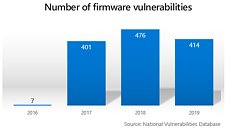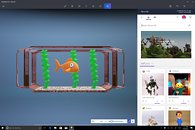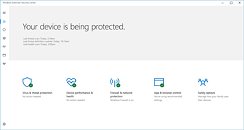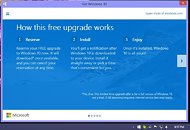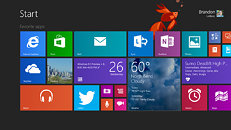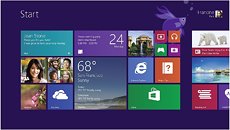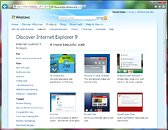
Need Windows 11 Right Now? Here's How to Get it
Microsoft formally released the new Windows 11 operating system. If you meet its rather steep system requirements, you can just wait for it to appear as an option in Windows Update, as Windows 10 users are eligible for a free upgrade. But if you're like us, and impatient to try new things out (when stable), then there are a couple of ways you can get Windows 11 right now. The first (and safest) way to upgrade is to use the Windows 11 Installation Assistant. This app runs from within your Windows 10 environment, downloads the operating system, tailors it to your machine for the upgrade (with essential device drivers already in place for things like network interfaces and graphics); and upgrades Windows 10 for you.
The next option is the Windows 11 Media Creation Tool. You're probably familiar with this one. It's a Windows application that lets you download Windows 11 to create a bootable USB flash drive installation media, or even put out an ISO file that you can burn DVDs or other removable media with. The third option is the bare Windows 11 RTM (release to market) ISO file. The latter two options are recommended if you want to do a clean-slate installation for your machine. Creating ISO files would be particularly applicable to those installing Windows 11 on virtual machines, where the VM software can use the ISO file to emulate an installation media.
DOWNLOAD: Windows 11 Installation Assistant | Windows 11 Media Creation Tool | Windows 11 ISO Files
The next option is the Windows 11 Media Creation Tool. You're probably familiar with this one. It's a Windows application that lets you download Windows 11 to create a bootable USB flash drive installation media, or even put out an ISO file that you can burn DVDs or other removable media with. The third option is the bare Windows 11 RTM (release to market) ISO file. The latter two options are recommended if you want to do a clean-slate installation for your machine. Creating ISO files would be particularly applicable to those installing Windows 11 on virtual machines, where the VM software can use the ISO file to emulate an installation media.
DOWNLOAD: Windows 11 Installation Assistant | Windows 11 Media Creation Tool | Windows 11 ISO Files


